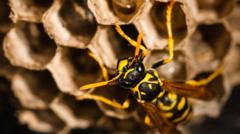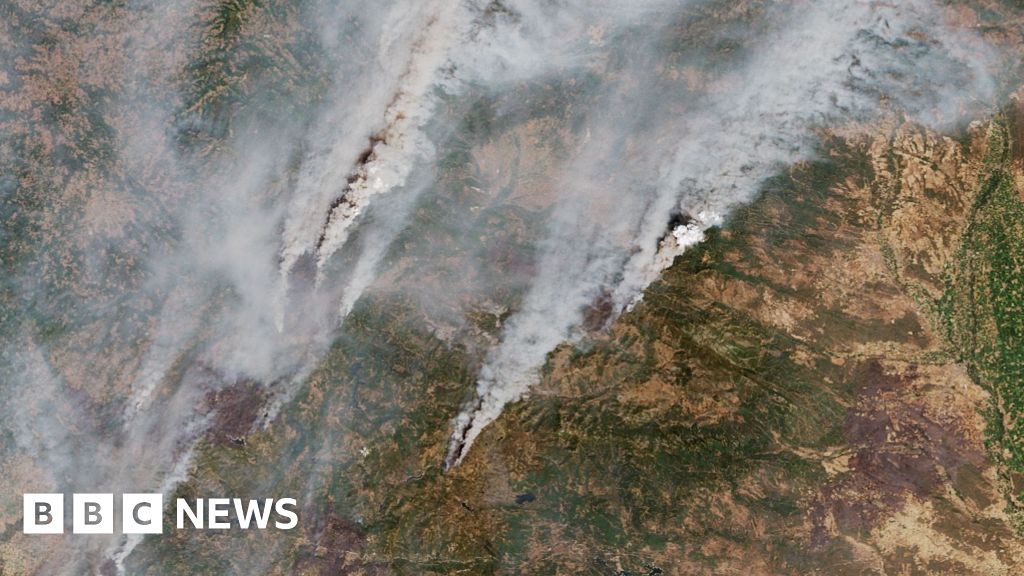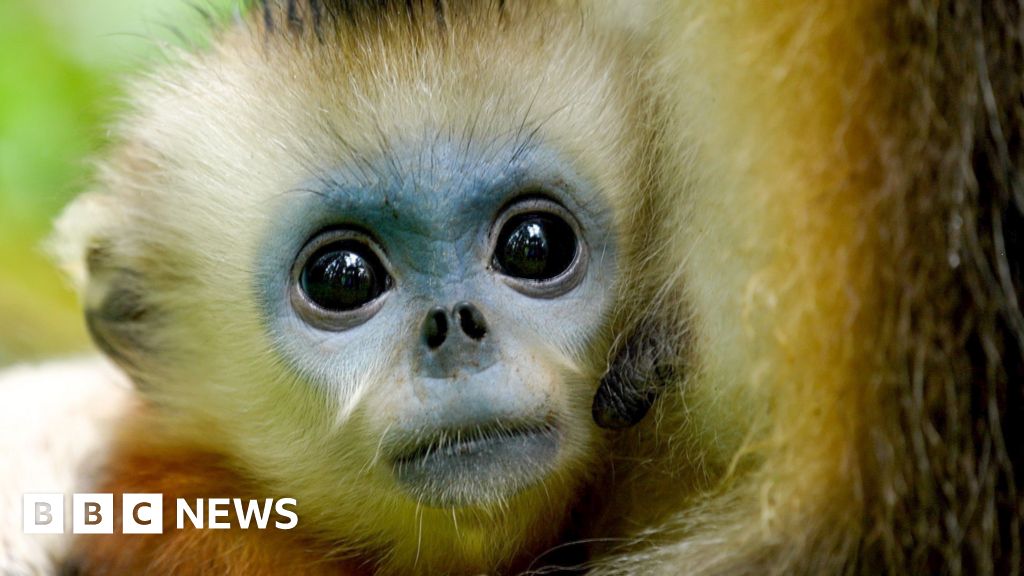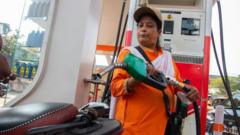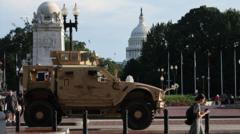On July 3, workers at the site, located near Aiken, reported the nest, which had been sprayed and subsequently bagged as radiological waste. Investigators determined the contamination was not linked to any leaking nuclear waste, stating that the levels found on the nest were a result of "onsite legacy radioactive contamination" from when the site produced plutonium for nuclear bombs during the 1950s.
Importantly, the report asserts that the wasps residing in the nest likely had much lower radiation levels compared to the nest itself. Given the nest's location within the sprawling 310-square-mile area of SRS, there is minimal risk that the wasps ventured beyond its confines.
Despite these reassurances, environmental advocacy groups have voiced criticism regarding the site's management of the situation. Tom Clements from Savannah River Site Watch expressed concerns over the source of the radioactive material and any potential waste leaks, demanding clearer answers from the authorities. In total, SRS has produced over 165 million gallons of liquid nuclear waste, with 43 underground storage tanks still operational, indicating the ongoing concern around waste management and safety protocols at the facility.
Importantly, the report asserts that the wasps residing in the nest likely had much lower radiation levels compared to the nest itself. Given the nest's location within the sprawling 310-square-mile area of SRS, there is minimal risk that the wasps ventured beyond its confines.
Despite these reassurances, environmental advocacy groups have voiced criticism regarding the site's management of the situation. Tom Clements from Savannah River Site Watch expressed concerns over the source of the radioactive material and any potential waste leaks, demanding clearer answers from the authorities. In total, SRS has produced over 165 million gallons of liquid nuclear waste, with 43 underground storage tanks still operational, indicating the ongoing concern around waste management and safety protocols at the facility.

